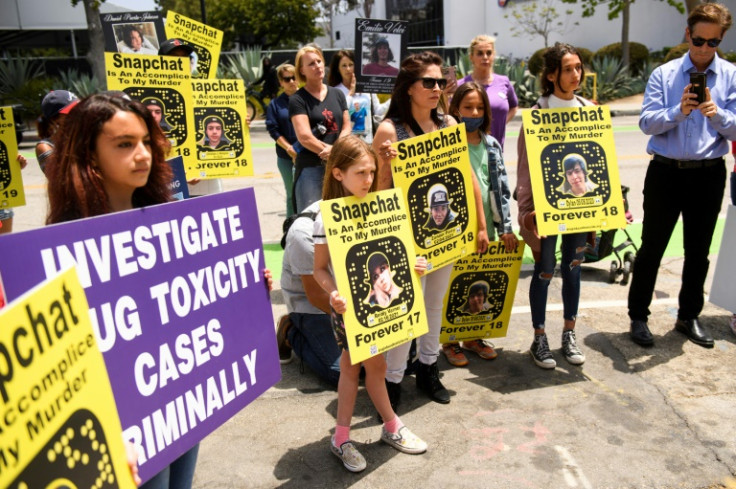
The opioid epidemic, especially fentanyl abuse, continues to grow incessantly in the U.S. In fact, according to CDC data published this month, it has grown to be the leading cause of death among people aged between 18 and 44 in more than half of the country's states between 2020 and 2021. It wasn't the case in any state 20 years ago.
The crisis is not confined to this age group. More data from the CDC show that in 2021, the latest year with comprehensive data published, more than 6,500 people aged 0-24 died of a fentanyl overdose, be it illegally bought or not.
The leading cause of death changed a lot in the past 20 years in the US, especially for people aged 18-44.
— Erik Brynjolfsson (@erikbryn) September 28, 2023
So sad to see this. pic.twitter.com/ENRkmupxQQ
It is in that context that two national senators, Florida's Rick Scott and Oregon's Jeff Merkley, introduced the School Access to Naxolone Act, which seeks to "ensure school personnel have the training to administer lifesaving drugs and devices for emergency treatment in cases of known or suspected opioid overdose". In Florida, 327 people aged 0-24 died of a fentanyl overdose in 2021.
As for Latinos, fatal overdoses have nearly tripled since 2011, according to a report published this year in the American Journal of Epidemiology.
Fatal overdoses among Latinos from opioids mixed with cocaine increased 729% between 2007 and 2019, and when mixed with methamphetamines, they increased 4,600%, according to a study by NYU Langone's Center for Opioid Epidemiology and Policy.
Magdalena Cerdá, professor and director at the Center for Opioid Epidemiology and Policy at NYU Langone, told NBC that though Latinos in general have had historically lower overdose rates compared to whites, "you see it's increasing, so it's really worrying."
More recent data from singular states has also emerged recently, showing, for example, a 721% increase in fentanyl-related deaths among Latinos in Los Angeles County over the past seven years.
The rate of fentanyl deaths among Latinos in LA County jumped by 721% in just 7 years. To help address this issue, @lapublichealth has launched a campaign at consulates to inform visitors about fentanyl and to provide life-saving training. https://t.co/JT733LWynv
— Los Angeles County (@CountyofLA) October 8, 2023
In Chicago's Cook County,data shows that 262 Latinos died from this cause in 2020, nearly a 100% increase compared to the previous year. Sarah Richardson, program manager at the Chicago Department of Public Health Office of Substance Use, said the crisis is deepening.
The number of Latinos in the community that have experienced a fatal overdose has significantly increased in recent years. We've seen those increases across every demographic group, but the greatest increase has in fact been in our Latino communities in Chicago."
Cities with the highest concentration of Latino residents in Florida had the highest rate of fentanyl overdose deaths between January and July 2022. 116 in Ft. Lauderdale, 43 in Miami, and 81 in West Palm Beach.
Tackling the problem is still a matter of debate. Latintimes.com contacted the press secretary of the Florida Department of Health, Jae Williams by phone, but he declined to comment.
For now, authorities have resorted to the use of naloxone, the drug promoted by the senators in their bill, which is administered by nasal aspiration to overdose victims to prevent their death. There are two forms of naloxone that anyone can use without medical training or authorization: the nasal spray and an auto-injector. Naloxone quickly reverses an overdose by blocking the effects of opioids. It can restore normal breathing in 2 to 3 minutes in a person whose breathing has slowed or stopped due to an overdose.
© 2025 Latin Times. All rights reserved. Do not reproduce without permission.





